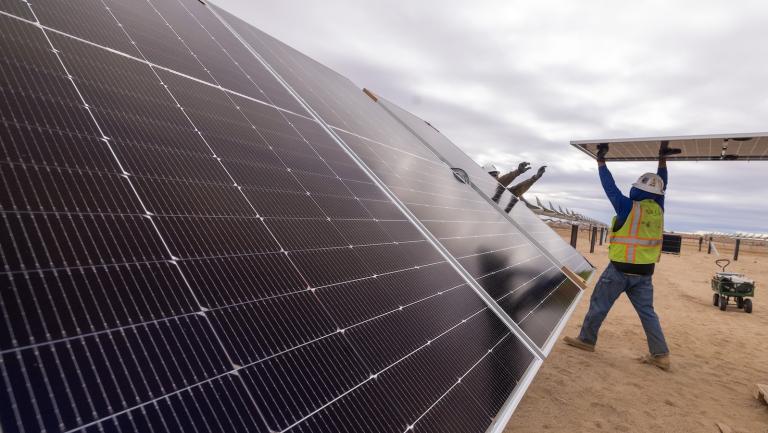 Dan Weiss, the Director of Climate Strategy at the Center for American Progress, has written an excellent piece on why we can expect a series of flawed economic analyses of the Lieberman Warner Climate Security Act (S. 2191) in the coming months:
Dan Weiss, the Director of Climate Strategy at the Center for American Progress, has written an excellent piece on why we can expect a series of flawed economic analyses of the Lieberman Warner Climate Security Act (S. 2191) in the coming months:
Many of these studies will likely predict that the reductions of greenhouse gases required by the cap-and-trade system will lead to huge hikes in electric rates, reductions in jobs, and all sorts of other economic havoc.
But these studies also have one other common element: They will eventually be proven wrong once the program is underway.
These studies base their cost assumptions on existing technologies and practices, which means that they do not account for the vast potential for innovation once binding reductions and deadlines are set. The Lieberman Warner Climate Security Act anticipates the need for innovation and creates economic incentives to spur engineers and managers to devise technologies and methods to meet the greenhouse gas reduction requirements more cheaply.
This isn’t the first time that pollution control studies have produced inaccurate predictions about the future. Remember what analysts predicted about acid rain controls from 1989 to 1990?
And the article continues on to review that history and then look at the important reports of McKinsey & Co and Nicholas Stern, which makes clear the cost of action is far, far lower than the cost of inaction.
If you’re interested in the IPCC’s take on this — they explain why the literature is clear that action is not costly — this post summarizes what they report.
This post was created for ClimateProgress.org, a project of the Center for American Progress Action Fund.


